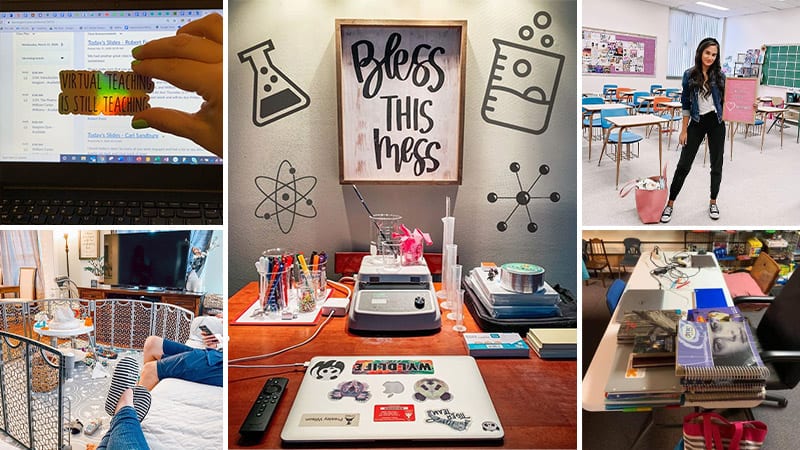Best Practices for a Virtual Classroom Setup

Creating an effective virtual classroom setup involves considering a variety of factors to enhance the learning experience for both instructors and students.
Here are some best practices for setting up a virtual classroom:
-
Test Your Technology:
- Ensure that all the necessary hardware and software components, including your internet connection, webcam, microphone, and virtual classroom platform, are working properly. Conduct a test run before the actual class to identify and address any technical issues.
-
Choose a Quiet and Well-Lit Space:
- Select a quiet and well-lit location for your virtual classroom sessions. Good lighting ensures that you are clearly visible to participants, and a quiet environment minimizes distractions.
-
Use a Quality Microphone and Webcam:
- Invest in a good-quality microphone and webcam to enhance audio and video quality. Clear communication is essential for a positive virtual learning experience.
-
Stable Internet Connection:
- Make sure you have a stable and high-speed internet connection. If possible, use a wired connection to minimize the risk of disconnections or lag during the class.
-
Create a Professional Background:
- Choose a clean and professional-looking background for your virtual classroom. Consider using virtual backgrounds or positioning your camera to minimize distractions.
-
Set Up Your Workspace:
- Organize your workspace with essential materials and tools, just as you would in a physical classroom. This helps create a professional and organized learning environment.
-
Establish Ground Rules:
- Clearly communicate expectations and ground rules for virtual classroom participation, etiquette, and behavior. Encourage active engagement and respectful communication among participants.
-
Provide Clear Instructions:
- Clearly communicate instructions for accessing the virtual classroom platform, participating in discussions, submitting assignments, and any other relevant activities. Make sure students understand how to use the technology effectively.
-
Use Interactive Tools:
- Take advantage of interactive tools within the virtual classroom platform, such as polls, quizzes, breakout rooms, and collaborative whiteboards. These tools can enhance engagement and participation.
-
Encourage Communication:
- Foster a sense of community by encouraging open communication. Use chat features for real-time questions and discussions, and consider incorporating video conferencing for face-to-face interactions.
-
Utilize Multimedia Content:
- Incorporate multimedia elements such as presentations, videos, and interactive content to keep the virtual class dynamic and engaging.
-
Provide Resources in Advance:
- Share relevant materials, resources, and assignments with participants in advance. This allows them to prepare and come to the virtual class ready for discussion and learning.
-
Record Sessions:
- Consider recording virtual classroom sessions for students who may miss the live class or for future reference. Ensure compliance with privacy and consent regulations.
-
Facilitate Breaks:
- Schedule short breaks during longer virtual sessions to prevent participant fatigue. Breaks allow participants to stretch, refresh, and maintain focus.
-
Continuous Improvement:
- Seek feedback from participants and reflect on your own virtual teaching experiences. Use this feedback to continuously improve your virtual classroom setup and teaching strategies.
By implementing these best practices, you can create a virtual classroom environment that is conducive to learning, fosters engagement, and supports effective communication between instructors and students.
Thank you.
